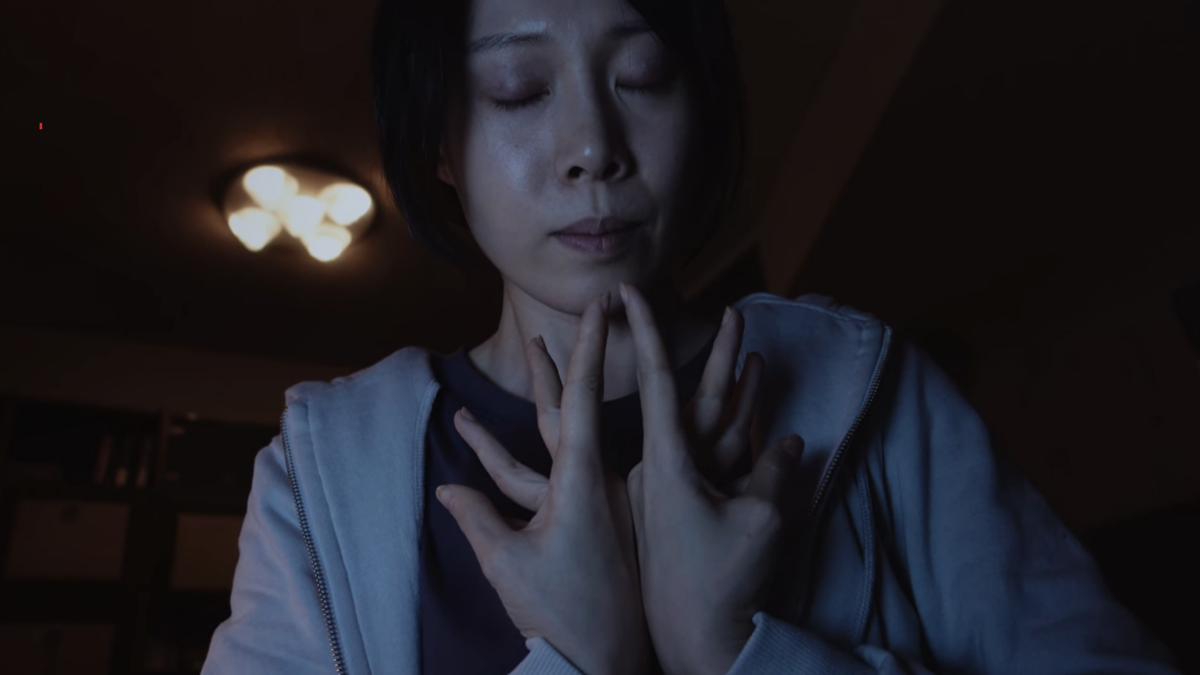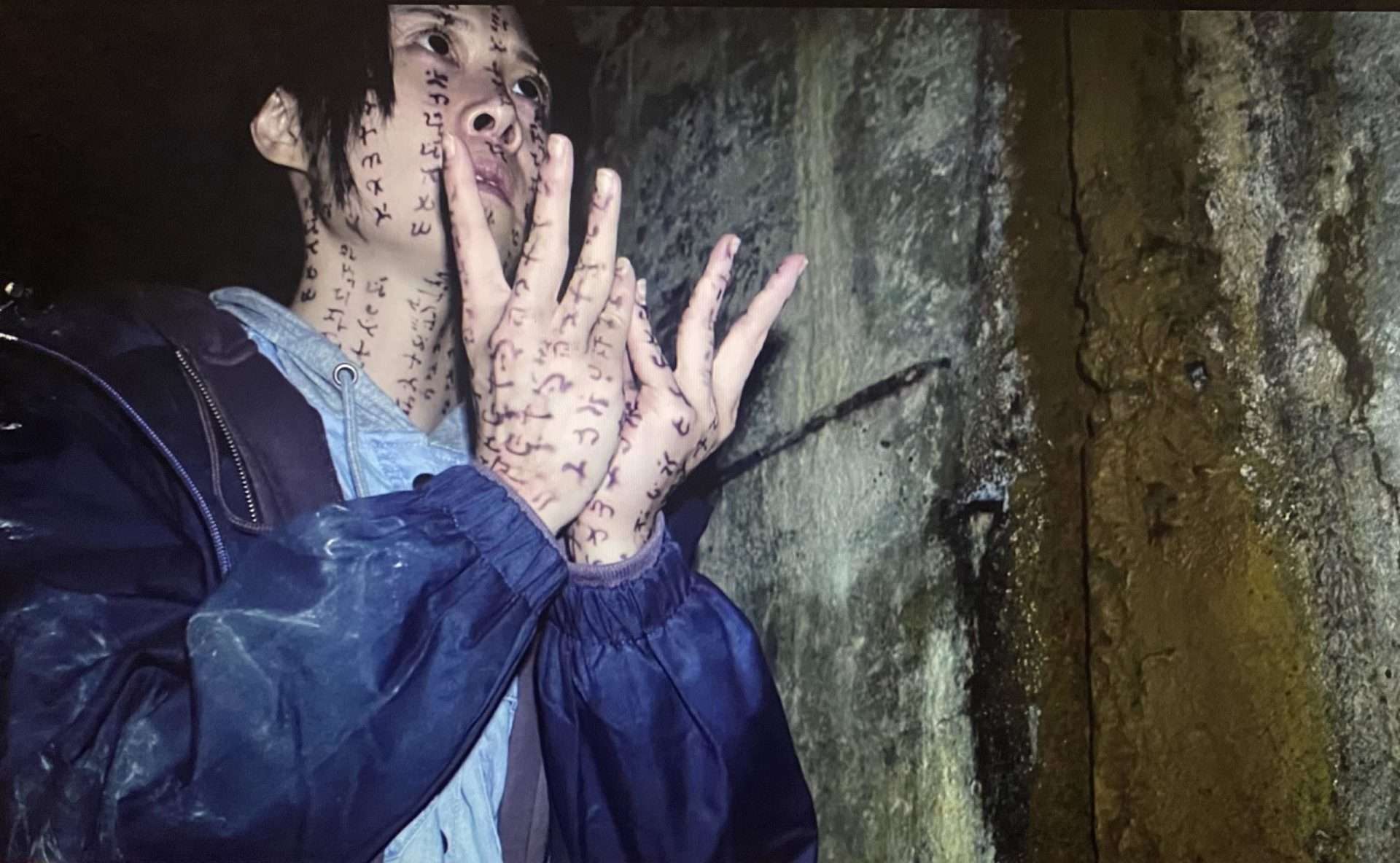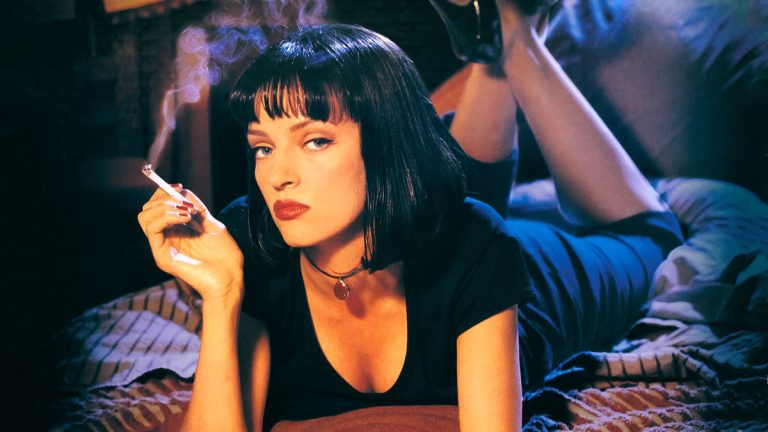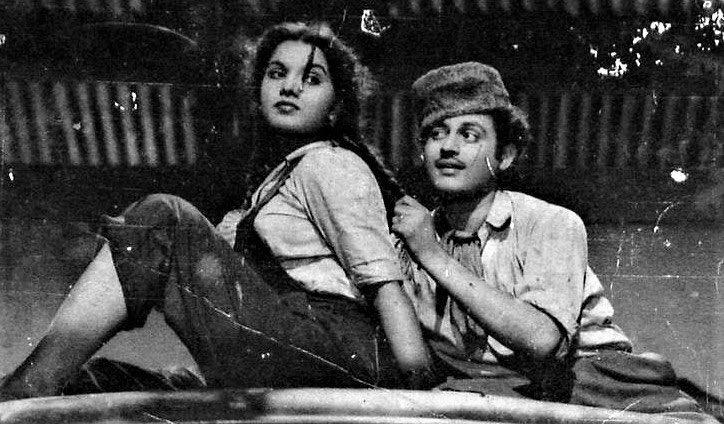Kevin Ko’s Incantation is more than just a horror film; it’s a chilling exploration into the depths of human fear and the power of the unknown. This Taiwanese found-footage flick, released in 2022, gripped audiences with its raw intensity and psychological terror. The film’s found-footage format immerses viewers in the chaos, heightening the sense of realism and danger and making us feel like unwitting participants in the unfolding nightmare.
The film follows Li Ronan, a woman haunted by a horrifying past and struggling to protect her young daughter from a seemingly supernatural curse. At its core, Incantation is a masterclass in using religious symbolism and folklore to create a deeply disturbing cinematic experience. The film’s found footage format immerses viewers in Ronan’s raw and chaotic world as she desperately seeks a way to break the curse. This format heightens the sense of realism and danger, making the audience feel as if they are directly experiencing the horrors unfolding on screen.
The Fictional Religion of Dahei Fumu
Central to the terror in Incantation is the enigmatic deity, Dahei Fumu. A creation of the film’s mythology, Dahei Fumu is a far cry from benevolent deities. Instead, she is a malevolent force, demanding obedience and exacting horrific consequences for disobedience. The film suggests a complex relationship between misfortune and blessing, a core tenet of Dahei Fumu’s power.
While Dahei Fumu is a fictional entity, her character bears striking similarities to real-world religious figures. The Hindu goddess Kali, often associated with destruction and creation, shares some attributes with Dahei Fumu. Both are powerful, often feared deities with a complex relationship to human suffering. Additionally, the film’s depiction of ritualistic practices and the obsessive devotion of believers echoes elements of certain cult-like behaviors.
However, unlike real-world religions, Dahei Fumu is shrouded in secrecy and taboo. Her image is concealed, and her true nature is revealed only gradually, heightening the film’s sense of dread. By creating a fictional deity, Incantation is free to explore the darkest corners of human fear and superstition without being constrained by real-world religious beliefs.

Religion as a Horror Trope
Religion has long been a potent tool for horror filmmakers. By tapping into deep-seated fears and anxieties related to the supernatural, religious themes can create a profound sense of unease. The genre often delves into the darker aspects of religious history, such as witch hunts, heresy, and demonic possession, to evoke a visceral response from audiences.
One of the most iconic examples of religion in horror is William Friedkin’s The Exorcist (1973). This film centered around the demonic possession of a young girl and the Catholic Church’s attempts to exorcise the evil spirit. By exploring themes of good versus evil, faith, and the limits of human understanding, The Exorcist tapped into deep-seated fears of the unknown and the power of the demonic.
Another notable example is Roman Polanski’s Rosemary’s Baby (1968). This film explores themes of satanic cults and the corruption of innocence. By placing a pregnant woman at the center of a sinister plot involving devil worship, Polanski tapped into primal fears of motherhood and the vulnerability of the unborn child.
The horror genre has also delved into the darker side of religious cults. Films like The Wicker Man (1973) and Midsommar (2019) explore the dangerous consequences of blind faith and the sinister rituals practiced by isolated communities. These films highlight the potential for religious extremism to lead to violence and human sacrifice.
By examining the complex relationship between religion and fear, horror filmmakers have created some of the most enduring and terrifying cinematic experiences. These films not only entertain but also provoke thought about the nature of belief, morality, and the human condition.
Incantation excels in this regard, using the audience’s unfamiliarity with the fictional religion to generate a pervasive atmosphere of dread. The film’s focus on taboo-breaking rituals and the devastating consequences that follow evokes a primal fear of the unknown.
The use of religious symbolism in horror films often amplifies the horror. In Incantation, the covered face of Dahei Fumu becomes a powerful visual metaphor for the unknown and the terrifying. This technique is reminiscent of classic horror films like The Exorcist, where the demonic possession of a young girl is rooted in religious imagery.
Furthermore, Incantation explores the psychological impact of religious guilt and fear. The film suggests that the characters’ past transgressions have unleashed the wrath of Dahei Fumu, creating a sense of impending doom. This psychological horror is compounded by the film’s found footage format, which immerses the audience in the characters’ growing paranoia and despair.
By blending elements of religious folklore, psychological horror, and found footage, Incantation creates a truly terrifying cinematic experience. The film’s exploration of the dark side of faith and the power of belief is both unsettling and thought-provoking.
Conclusion
Incantation is more than just a horror film; it’s a profound exploration of the human psyche and the power of belief. By creating a fictional religion and infusing it with elements of real-world faiths, the film taps into deep-seated fears and anxieties. The film’s masterful use of religious symbolism, coupled with the found footage format, creates a truly immersive and terrifying cinematic experience.
While Incantation undoubtedly draws inspiration from real-world religions, it ultimately transcends these influences to create a unique and disturbing mythology. The film’s exploration of themes such as guilt, redemption, and the destructive power of obsession resonates with audiences on a profound level.
Incantation powerfully reminds us of the enduring power of horror to explore the darkest corners of the human mind. By skillfully blending religious symbolism with psychological terror, the film has cemented its place as a modern horror classic.
Also, Read: Incantation (2022) Movie Explained









